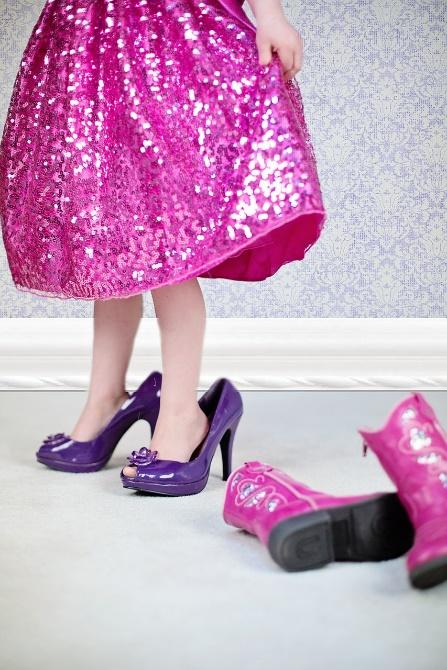61 12.2: How Children Learn about Gender
As young children develop, they begin to explore gender and what it means to be a boy or a girl. Cultures provide expectations for boys and girls, and children begin learning about gender roles from the norms of their family and cultural background. They also hear messages about gender roles from the larger world around them.
Through their interactions and their play exploration, children begin to define themselves and others in many ways, including gender. Children may ask their parents and teachers questions about gender, take on “boy” and “girl” roles in dramatic play and notice differences between the boys and girls they know. They may choose certain toys based on what they think is right for boys or girls. They may also make statements about toys and activities that they think are only for girls or only for boys (Langlois, & Downs, 1980; O’Brien, Huston, & Risley, 1983; Egan, Perry, & Dannemiller, 2001).

The ability to recognize when things are the same or different is an important skill that children develop over time. It’s only natural that they start asking questions to help them sort out the differences between boys and girls. It’s easy to see how they may think that being a boy means doing some things and liking some things, and being a girl means doing and liking other things.
Many things that may have traditionally been limited to one gender or another are not inherently male or female. We can help children develop an understanding of categories that can include both boys and girls by such simple, straightforward responses as “toys are toys” and “clothes are clothes.” These messages can help children learn that any child can, for example, play with any toy or dress up in any kind of clothing.

